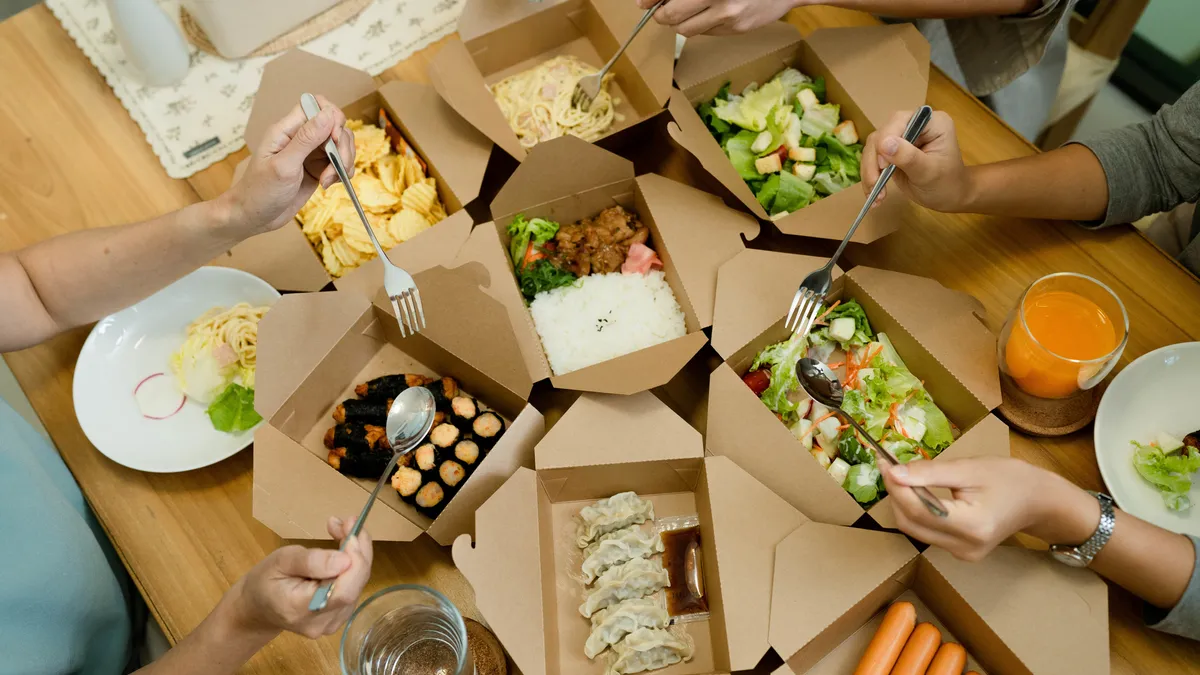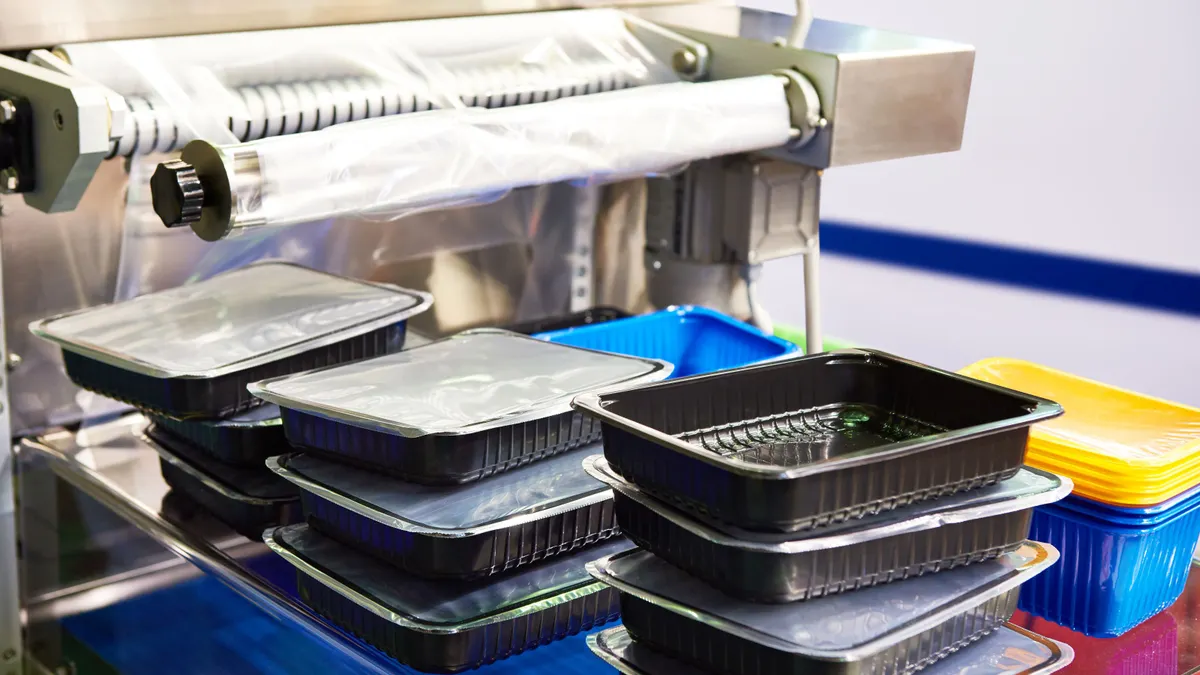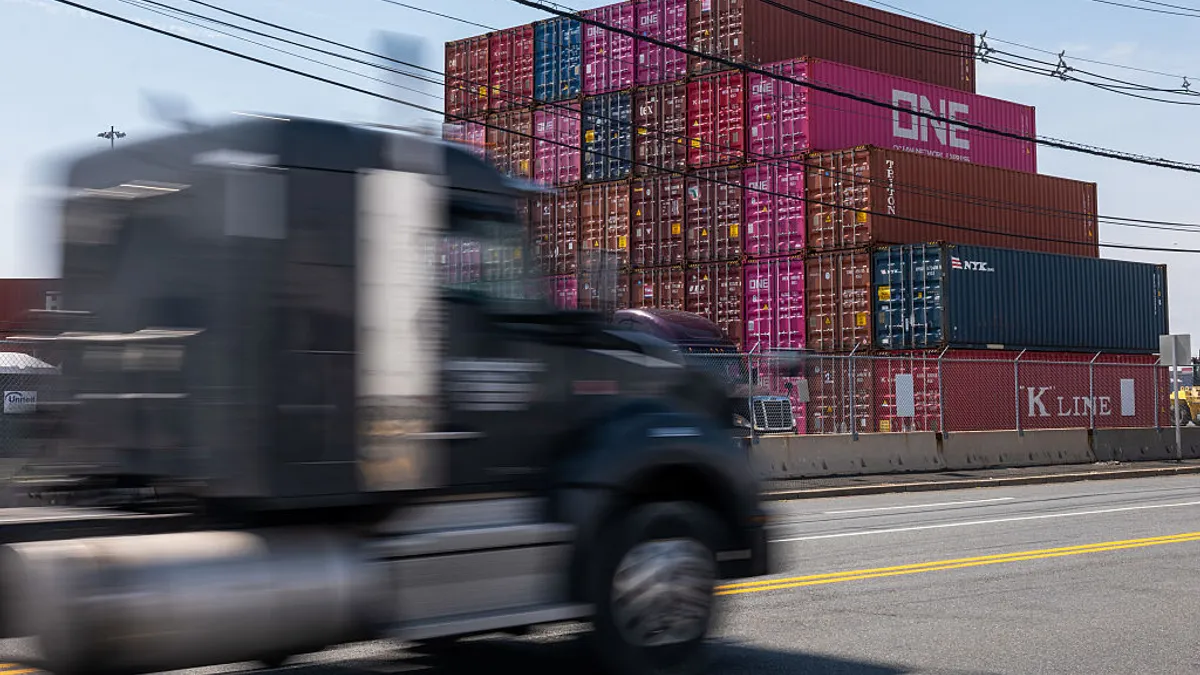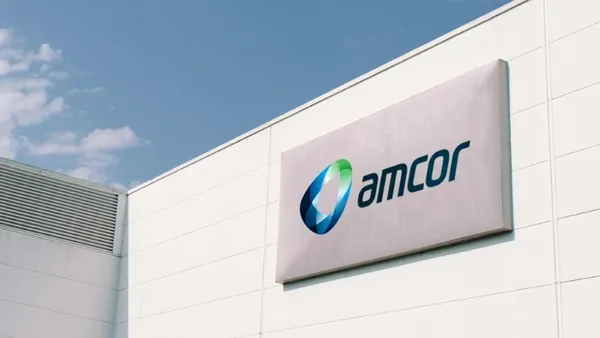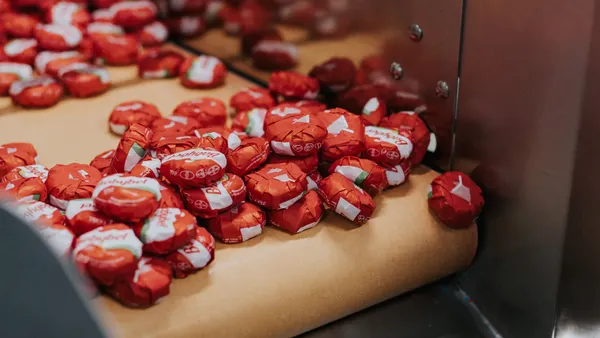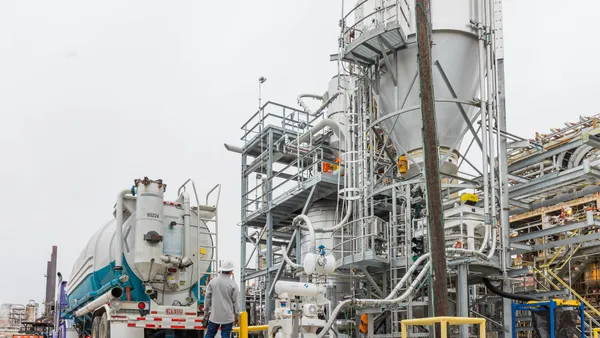Dive Brief:
- The Poly Coated Paper Alliance, which launched in 2023, is now embarking on its next phase through 2028. Objectives in its 2025-2028 strategy include filling in data gaps on the flow and recovery of polycoated paper products through recycling systems and establishing universal design guidance, such as minimum fiber thresholds and acceptable coatings, to drive predictability in the market.
- There’s urgency to bolster design, recycling and end market research and communication on the category in light of state extended producer responsibility programs, PCPA noted.
- PCPA’s leaders include the Carton Council, Foodservice Packaging Institute, Sonoco, Kellanova and P&G. Co-founders include Campbell’s, Chick-fil-A, General Mills, Kraft Heinz and Unilever. Additional members today include Sustana, Hood Packaging, Tillamook, Danone North America and others.
Dive Insight:
Like other packaging groups, PCPA is navigating an array of upcoming state EPR laws. The coatings that make polycoated paper products an attractive option for food service, food and beverage packaging like cups, trays, cartons and tubs, can also complicate recycling.
PCPA says it will continue to work on educational resources illuminating how polycoated paper fits into EPR requirements. PCPA hopes to be able to communicate more robust data to state agencies and producer responsibility organizations.
Environmental services firm RRS helps manage the group. Joel Schoening, senior consultant with RRS, explained some of the key recycling findings from PCPA’s initial two-year phase.
In one example, PCPA completed a sortation test in which 92% of the polycoated paper package formats assessed were captured in appropriate marketable bales. Additionally, PCPA conducted repulpability testing on 20 polycoated paper packages, with fiber yields ranging between about 61% and 84%.
PCPA also completed bale audits in Maine, Massachusetts, California, Ohio and Oregon. Schoening said in an email that an analysis “found no significant difference” between bales from communities or MRFs that did or did not explicitly accept polycoated paper packaging materials. “Additionally, the presence of food residue was not inherently higher on poly coated paper packaging, even though it is comprised of many food service and food contact categories,” Schoening wrote.
This also comes as food service packaging and coated paper are among the fiber-based packaging formats with specific attributes that How2Recycle said in August may be downgraded from “widely recyclable” labels to “check locally” in anticipation California’s truth in labeling law, which is set to kick in late next year.
PCPA will work to demonstrate that polycoated paper can be collected under California’s packaging EPR law SB 54. “In doing so, poly coated paper packaging will be recycled sufficiently to meet the recyclability requirements of SB 343 and, by extension, How2Recycle labeling guidance,” Schoening responded.


